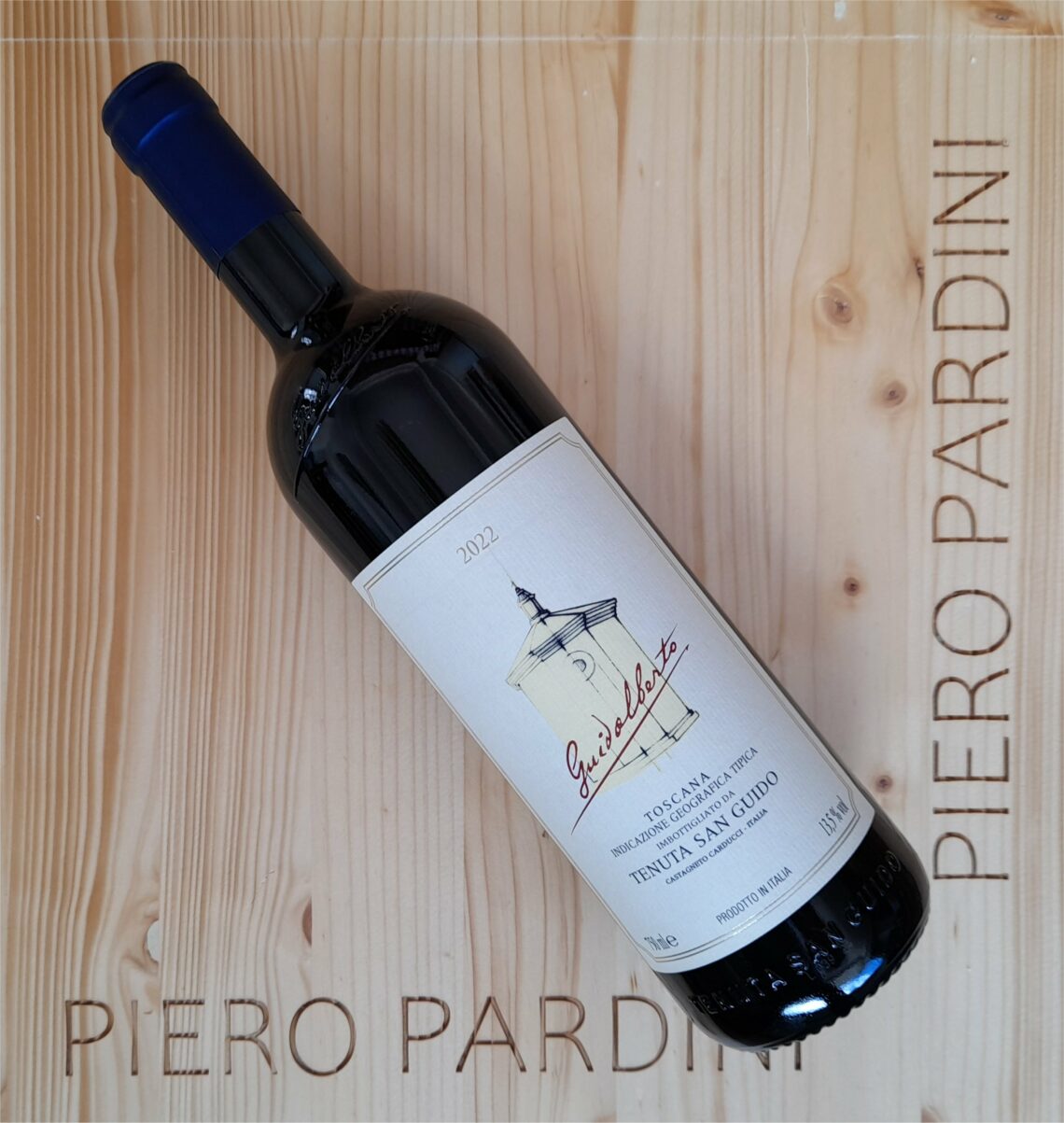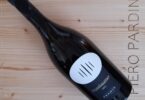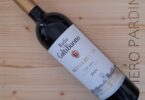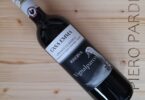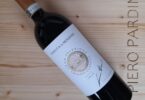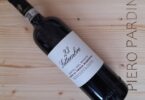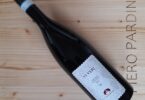Wine: Guidalberto
Variety composition: Cabernet Sauvignon, Merlot.
Denomination: I.G.T. Toscana.
Alcoholic strength: 13,5% vol.
Vintage: 2022.
Land: the soils have varied and composite morphological characteristics with a strong presence of limestone areas, rich in Alberese and Gabbro, as well as stones and pebbles, and are partially clayey.
Altitude: 100-400 m a.s.l.
Exposure: West / South-West.
Training system: spurred cordon.
Plant density: 6,250 vine stocks per hectare.
Climate trend and characteristics of the year: The vintage 2022 was tendentially warm, although in Bolgheri and especially on the hills, the situation was different compared to other areas of Italy and Tuscany itself. The autumn climate, until the first ten days of November, was somewhat bizarre with temperatures above the norm and abundant rains. Temperatures dropped significantly from the end of November, throughout December. In November, the night temperatures often dropped below 0°C, creating an optimal situation for the vegetative rest of the plants and for the natural elimination of the vine parasites. From the end of December, temperatures tended to rise again and, for some days, even above the norm. The rains continued in January and mid-February, when cold temperatures close to 0°C returned, for a few days. From the end of February, temperatures rose rapidly creating conditions of high humidity. From the last week of February until the end of March, we witnessed an unusual climatic situation with excessively mild temperatures and no rain. A situation which, especially in the lower areas of the estate, anticipated the swelling of the buds. In the very first days of April, a sudden drop in temperature caused a modest bud selection in some vineyards of the more precocious ripening varieties. The remaining part of April was characterized by sunny and windy days (especially from the North) and temperatures slightly below the seasonal average.
May began with mild temperatures and some short intensity rains but from May 15th temperatures suddenly increased, going well above the seasonal average, both during the day and at night. A climatic situation that did not help the plants in the delicate moment of flowering and fruit setting, leading to selection and consequent reduction in production. In the summer, temperatures were often above the seasonal average and no rain. Fortunately, the area and its pedoclimatic characteristics greatly helped the plants. The proximity to the sea, the strong ventilation and the temperature range between night and day, had a positive influence, allowing for a good quality of the grapes. The weather conditions that affected the various parts of the growing season did not always positively influence the phenological phases of the vine. However, the lower production per plant and the sparser bunches helped the plants to maintain the production and complete ripening, while avoiding stressful conditions. The intense heat lasted until mid-August when a perturbation brought rain and a drop in temperature.
Harvest: In this vintage the grapes ripened earlier than average. The Merlot harvest began on August 23rd, starting
from the youngest vineyards and those located on the plains, to be completed in the very first days of September. The harvest
of Cabernet Sauvignon grapes began in the first week of September and was completed, with the vineyards located at higher
altitudes, at the end of the month. The grapes arrived in the cellar in small boxes with a good quality level. To avoid excessive
maturity, it was necessary to proceed quickly with the harvest operations.
Winemaking notes: Careful sorting of the grapes in the field during harvesting by hand and further selection upon arrival in the cellar using a sorting table. Destemming and soft pressing of the grapes to limit the release of tannins and maintain maximum elegance. Introduction into stainless steel fermentation tanks at an average temperature of 19-20°C. In 2022 it was necessary to use dry ice to further cool the machinery and fermentation tanks. The alcoholic fermentation was carried out at a controlled temperature and maintained around 28-29°C. The macerations were managed for approximately 11-13 days for the Merlot and approximately 15-16 days for the Cabernet Sauvignon. Frequent pumping over, while délestages were carried out to a lesser extent than in other vintages, to obtain a greater balance and favor primary aromatic extraction. The malolactic fermentation started spontaneously at the end of October and was completed by the end of the month. At the end of the malolactic fermentation, the musts were decanted to eliminate sediments and maintain maximum cleanliness.
Aging: The musts were then transferred to the barriques from the second half of November. Aging in 225-liter barriques made
of partly French oak and a small part (5%) of American oak. Use of 40% new wood, 40% second passage wood and 20% third and fourth passages wood, in equal proportion. The choice was made to best balance the release of tannins and, at the same time, keep in the foreground the excellent primary and secondary aromas obtained from a great vintage in a good part of the musts. Subsequent refinement in glass before release on the market.
Tasting notes:
Limpid, with a lively ruby red colour, good consistency.
On the nose it presents a range of aromas, broad, intense and of fine quality. It opens with delicate floral scents that intertwine with addictive fruity notes of blackberry, dried plum and hard cherry. The varied bouquet of aromas is completed by delicate notes of licorice root and faint hints of cigar box.
The sip is decisive, warm. Perfectly balanced in its parts, supported by an enveloping and well-smoothed tannin, it gives an aftertaste of rare persistence. A sample of great elegance and pleasantness.
Rating

—
Other company labels in Wine Guide
—
Società Agricola C.I.T.A.I. S.p.A.
Loc. Capanne, n. 27
57022 Bolgheri – Livorno
Phone +39 0565 762003
E-mail: info@sassicaia.com
Website: www.tenutasanguido.com
Credits: © Piero Pardini – The Wolf Post Wine Magazine – TUSCANY – ITALY


